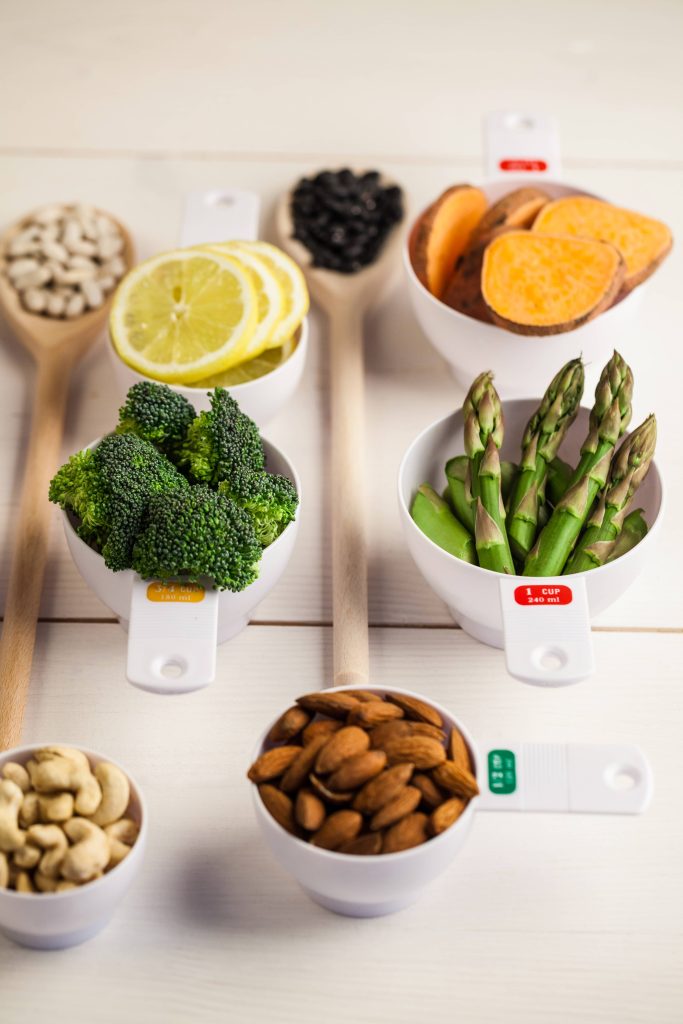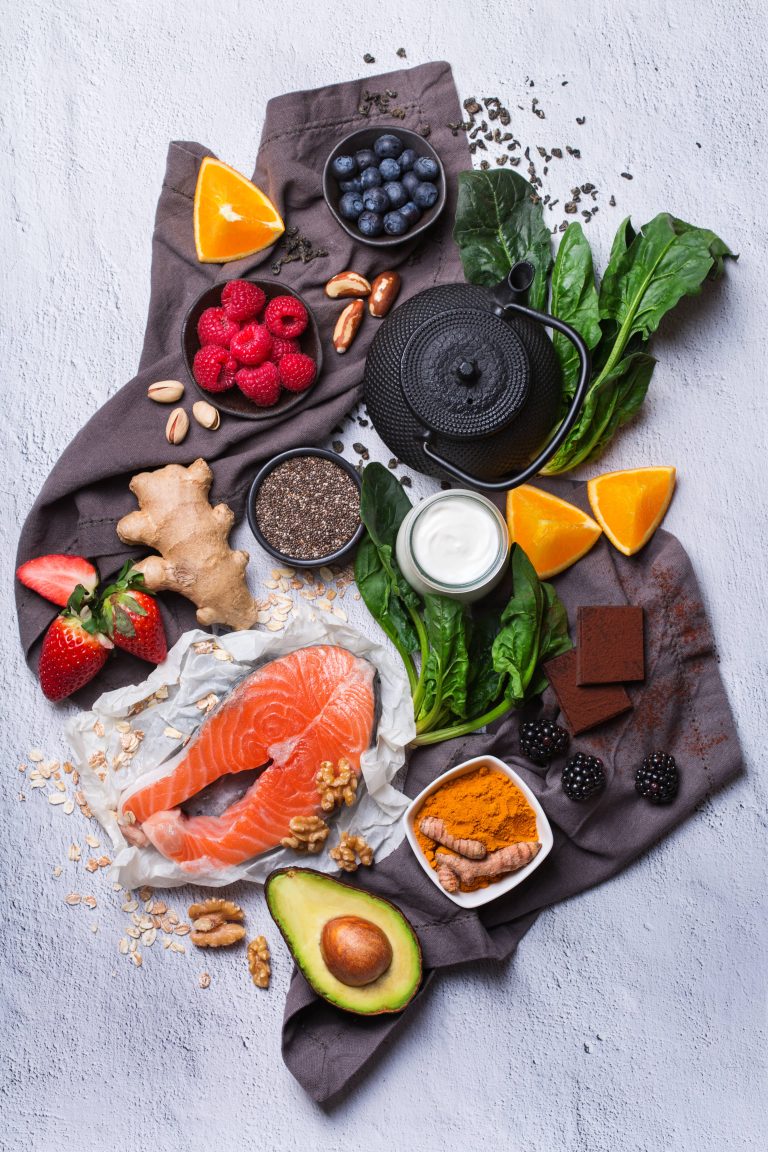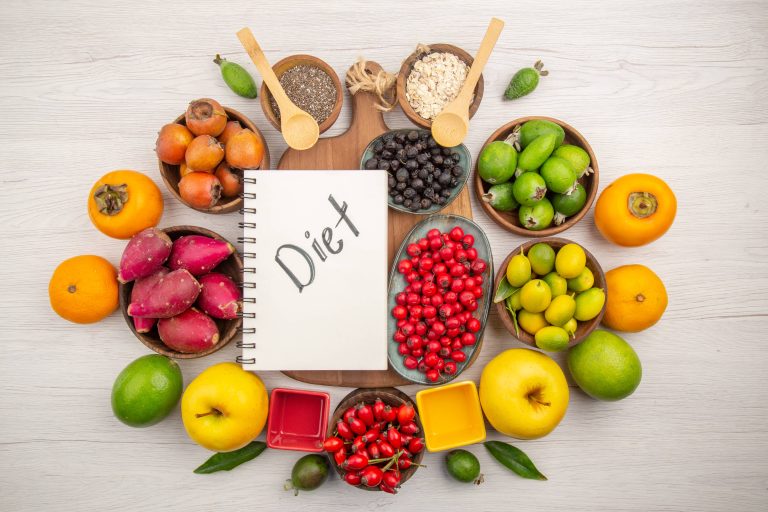
In the quest for weight loss, many people focus on what they eat, often overlooking the importance of how much they eat. Portion control is a powerful tool that can help you achieve weight loss success without the need for drastic dietary changes. By understanding and implementing portion control, you can enjoy your favorite foods while still shedding those extra pounds. In this blog post, we’ll explore the concept of portion control, its benefits, and practical tips to incorporate it into your daily routine.
Understanding Portion Control
Portion control is the practice of regulating the amount of food you consume in one sitting. It involves being mindful of serving sizes and ensuring that you don’t overeat, even when consuming healthy foods. The key is to balance your energy intake with your energy expenditure, which is crucial for weight management.
Many people confuse portion sizes with serving sizes. A serving size is a standardized amount of food, often found on nutrition labels, while a portion size is the amount you choose to eat. For example, a serving size of pasta might be one cup, but your portion size could be two cups. Understanding this distinction is the first step towards effective portion control.
Benefits of Portion Control
1. Calorie Management: By controlling portion sizes, you can manage your calorie intake more effectively. This is essential for weight loss, as consuming fewer calories than you burn leads to weight loss.
2. Balanced Nutrition: Portion control encourages a balanced diet by allowing you to enjoy a variety of foods in moderation. This helps ensure you get all the necessary nutrients without overindulging in any one food group.
3. Mindful Eating: Practicing portion control promotes mindful eating, which involves paying attention to your hunger cues and eating with intention. This can prevent overeating and help you develop a healthier relationship with food.
4. Sustainable Weight Loss: Unlike restrictive diets, portion control is a sustainable approach to weight loss. It allows you to enjoy your favorite foods without feeling deprived, making it easier to maintain your weight loss in the long term.
Practical Tips for Portion Control
1. Use Smaller Plates and Bowls: Studies have shown that using smaller dinnerware can help reduce the amount of food you consume. This is because smaller plates make portions appear larger, tricking your brain into feeling satisfied with less food.
2. Measure Your Food: Invest in a kitchen scale or measuring cups to accurately measure your food portions. This can help you become more aware of what a standard serving size looks like and prevent unintentional overeating.
3. Read Nutrition Labels: Pay attention to the serving sizes listed on nutrition labels. This information can guide you in determining appropriate portion sizes for different foods.
4. Pre-Portion Snacks: Instead of eating directly from a large bag or container, pre-portion snacks into smaller bags or containers. This can help you avoid mindlessly consuming large quantities of snacks.
5. Listen to Your Body: Tune into your body’s hunger and fullness cues. Eat slowly and stop eating when you feel satisfied, not stuffed. This can prevent overeating and help you enjoy your meals more.
6. Plan Your Meals: Planning your meals in advance can help you control portion sizes and make healthier food choices. Consider preparing meals in bulk and dividing them into individual portions for convenience.
7. Be Mindful of Liquid Calories: Beverages can be a hidden source of excess calories. Opt for water, herbal teas, or other low-calorie drinks, and be mindful of portion sizes when consuming sugary or alcoholic beverages.
8. Practice Portion Control When Dining Out: Restaurant portions are often larger than necessary. Consider sharing a meal with a friend, ordering a half-portion, or taking leftovers home to avoid overeating.
Overcoming Challenges
While portion control is a simple concept, it can be challenging to implement, especially if you’re used to larger portions. Here are some strategies to overcome common obstacles:
– Emotional Eating: If you tend to eat in response to emotions, find alternative ways to cope, such as exercising, meditating, or talking to a friend.
– Social Pressure: When dining with others, it can be tempting to match their portion sizes. Remember your goals and stick to your plan, even if it means leaving food on your plate.
– Habitual Overeating: Breaking the habit of overeating takes time and practice. Be patient with yourself and celebrate small victories along the way.
Conclusion
Portion control is a powerful and sustainable strategy for achieving weight loss success. By being mindful of the amount of food you consume, you can enjoy a balanced diet, manage your calorie intake, and develop healthier eating habits. Remember, the key to successful portion control is consistency and mindfulness. Start incorporating these tips into your daily routine, and you’ll be on your way to achieving your weight loss goals while still enjoying the foods you love.










